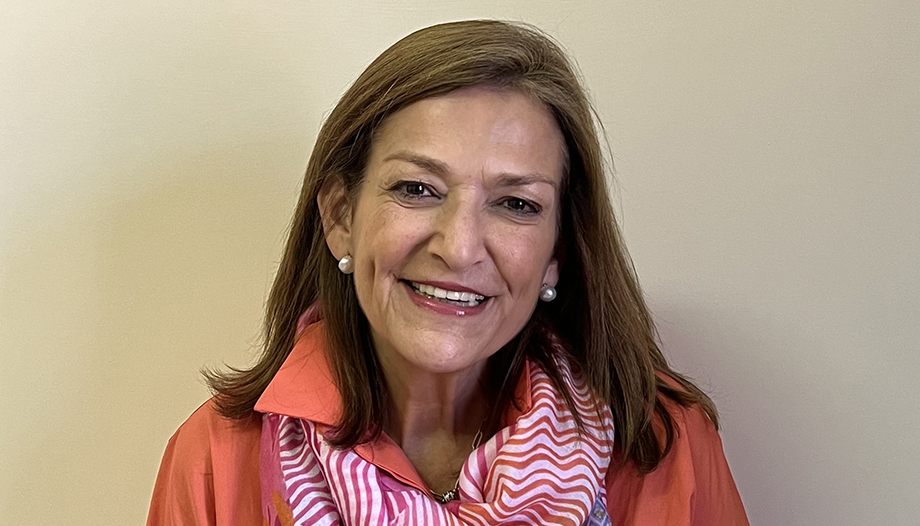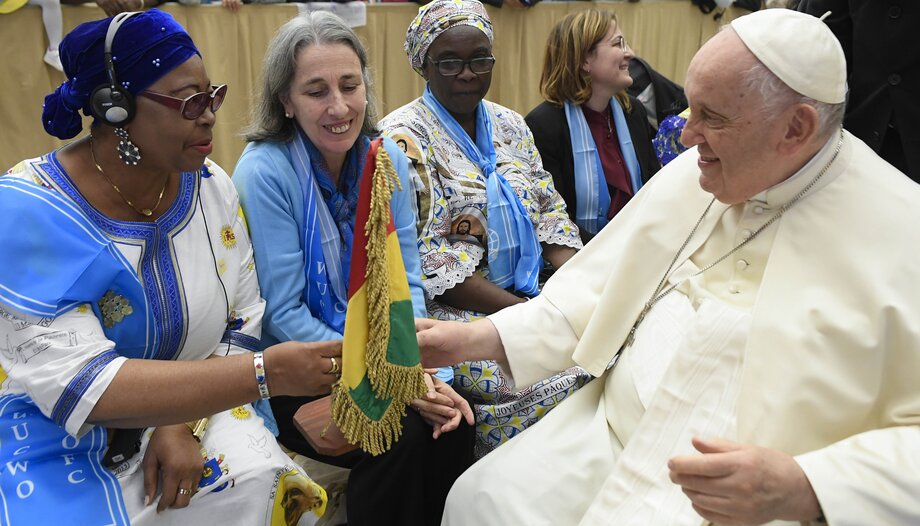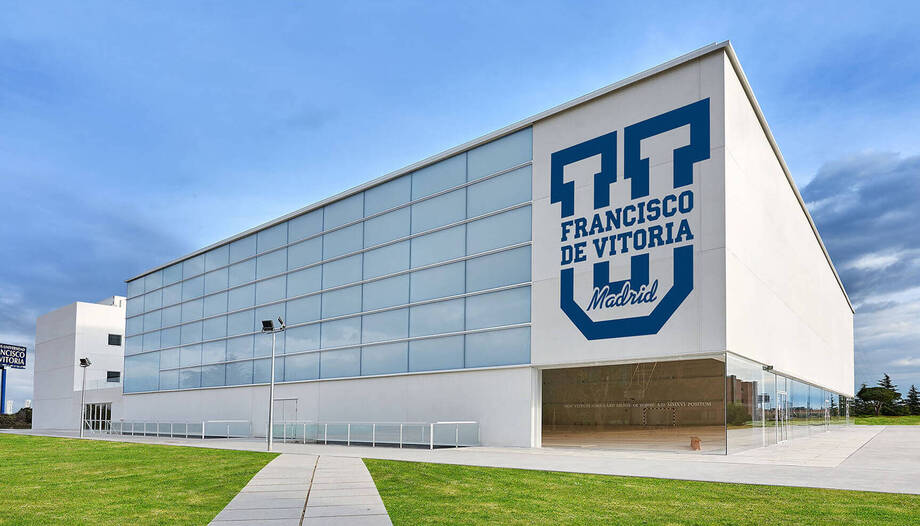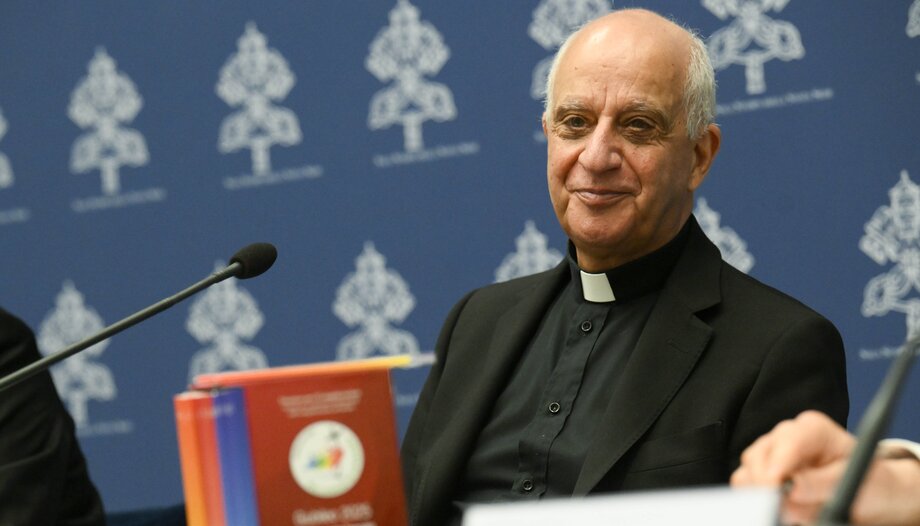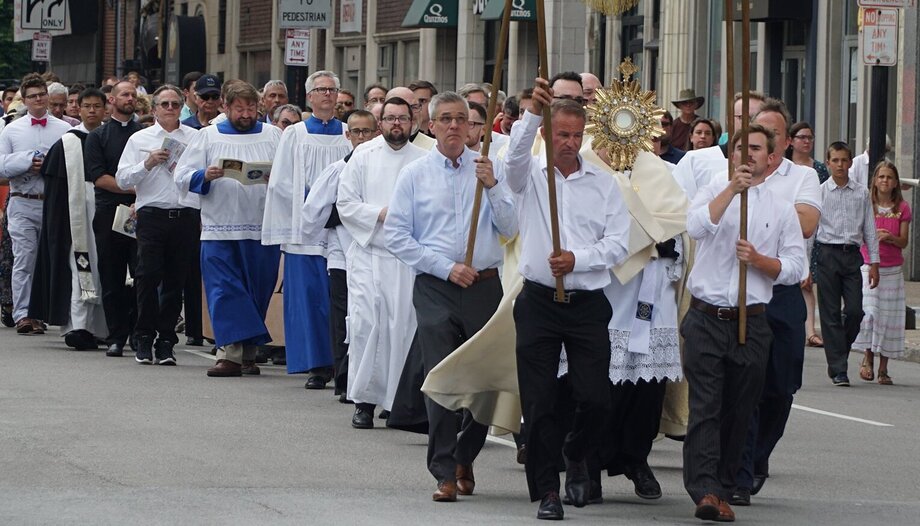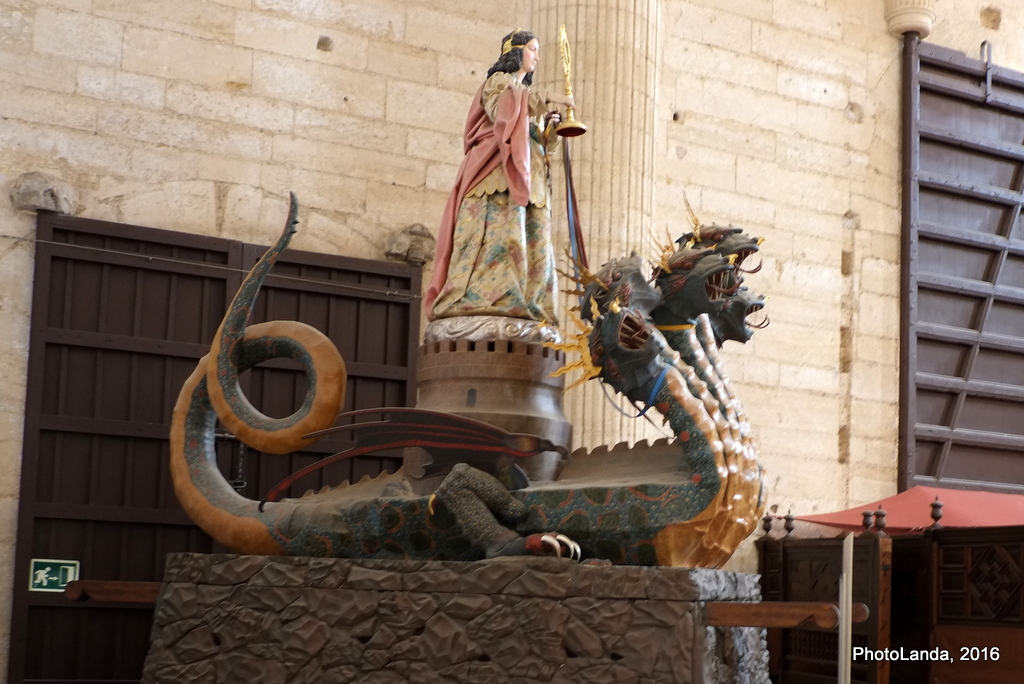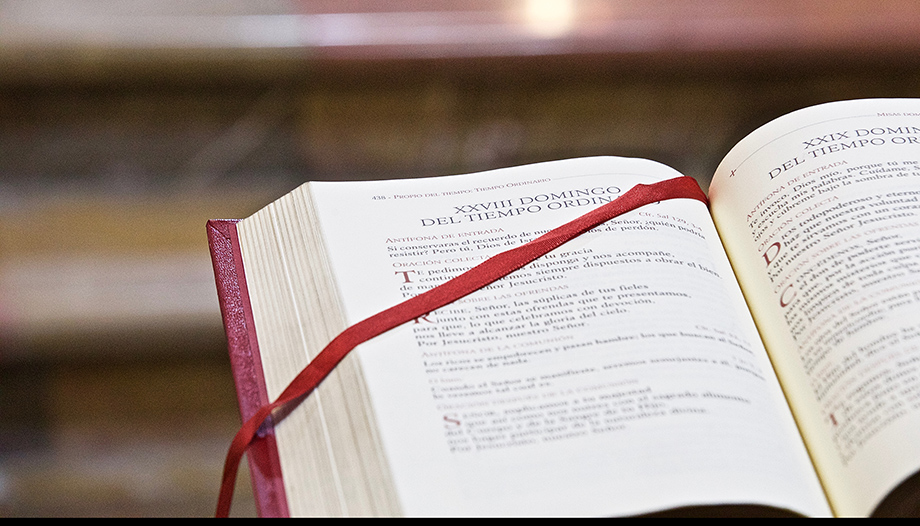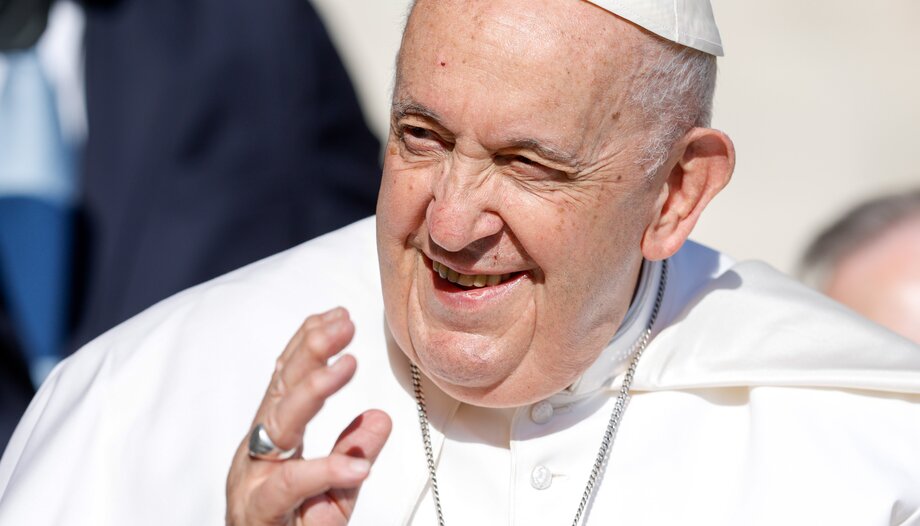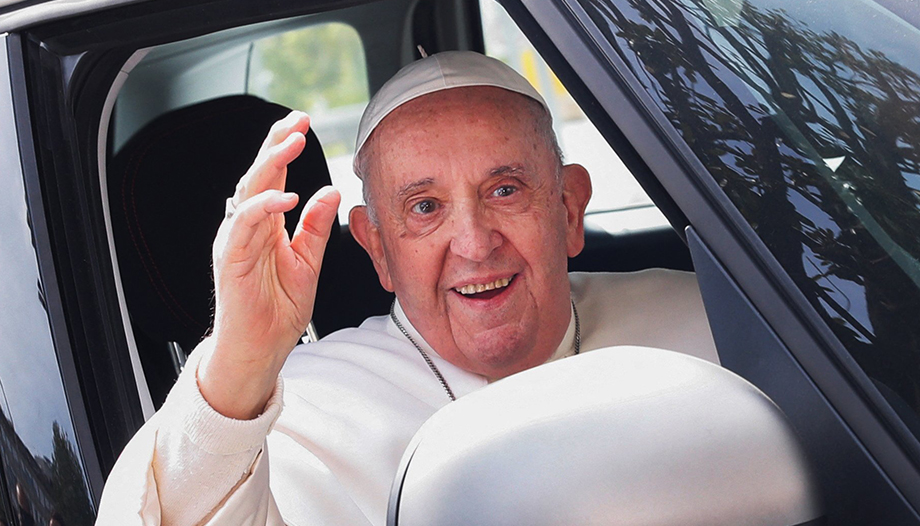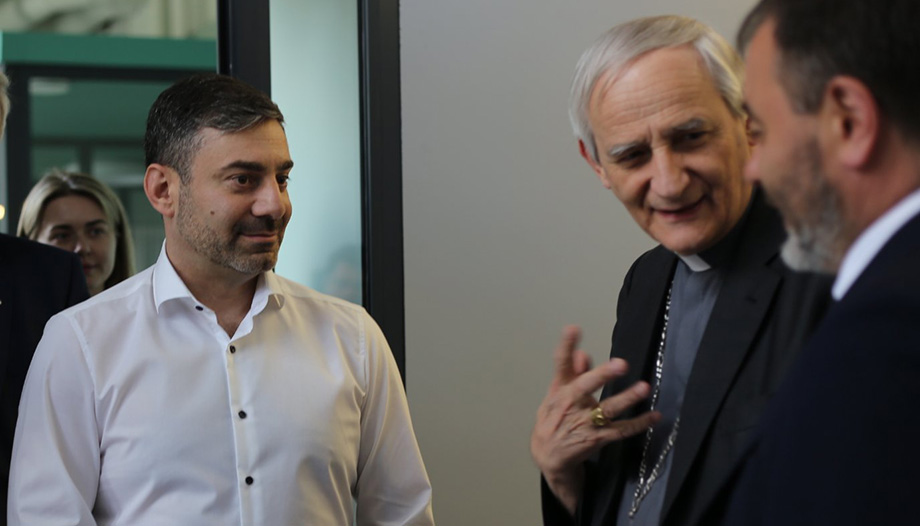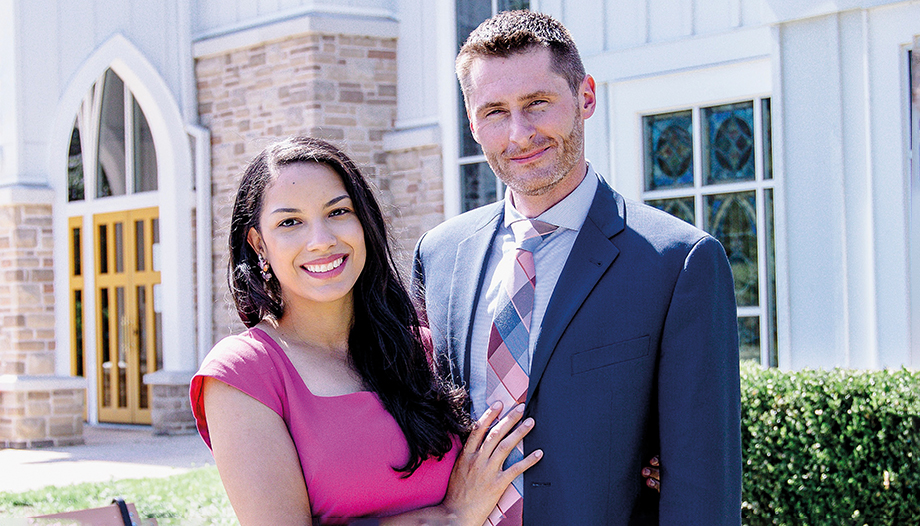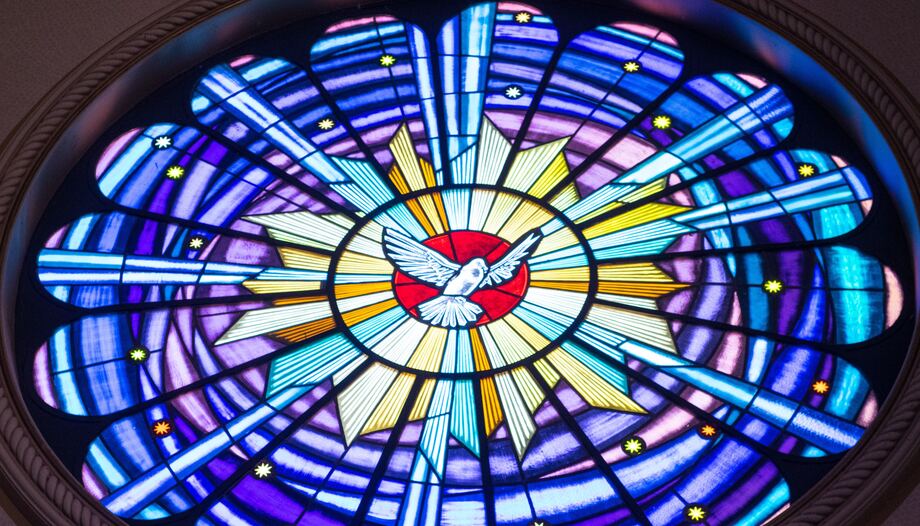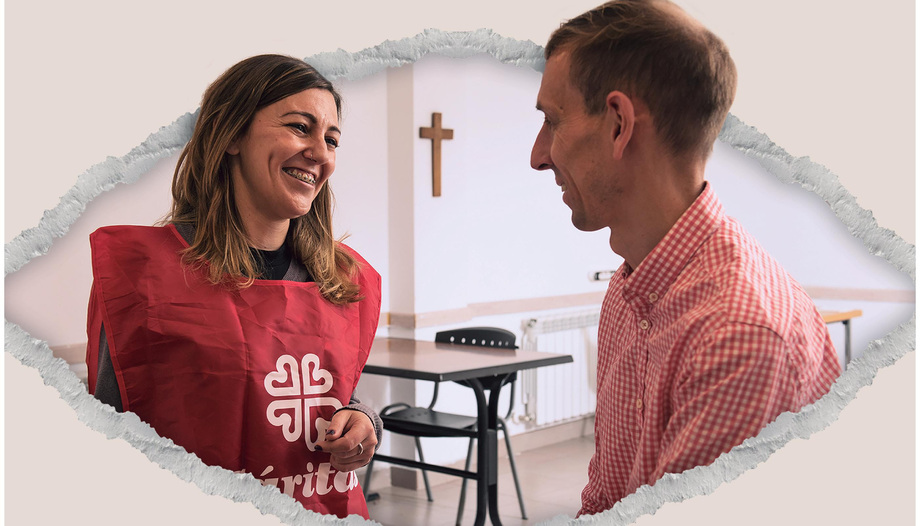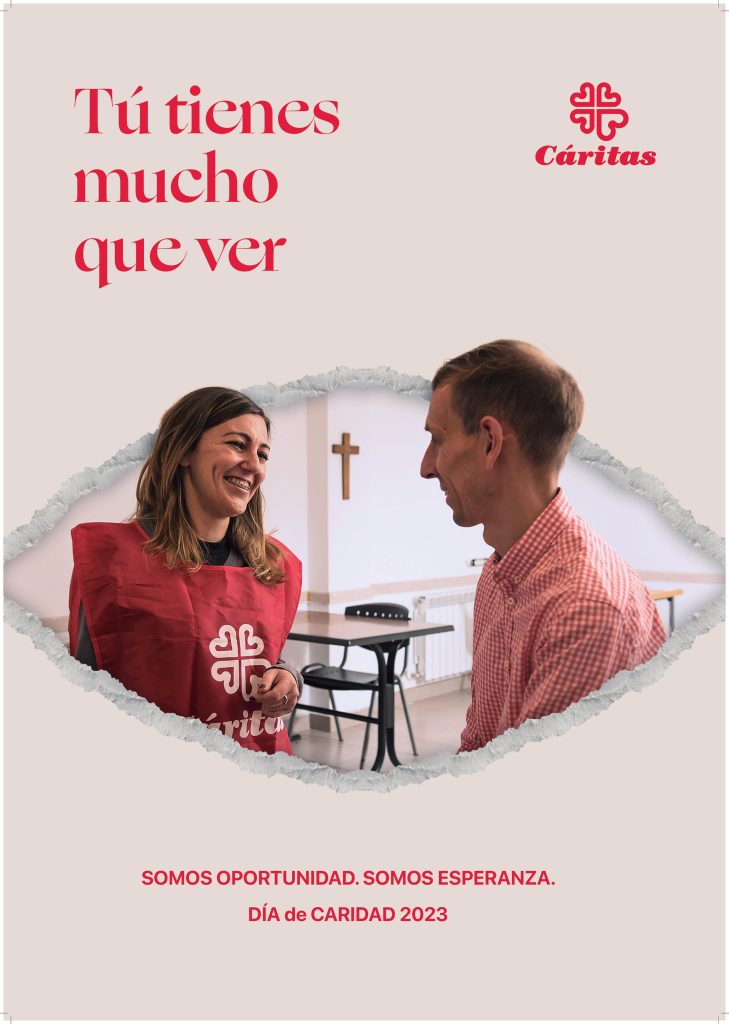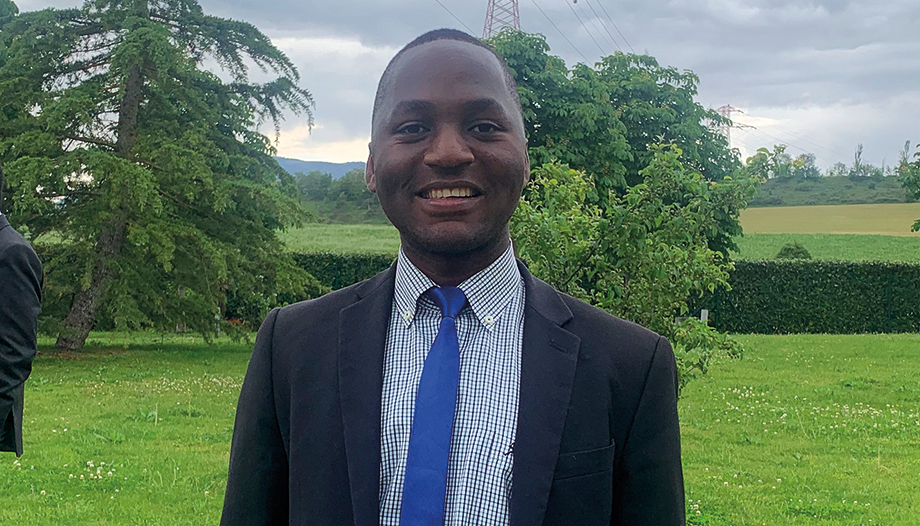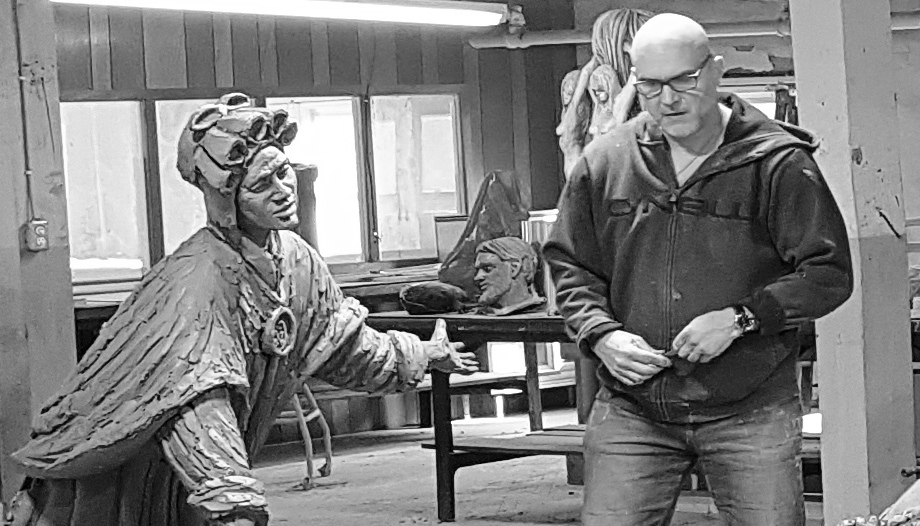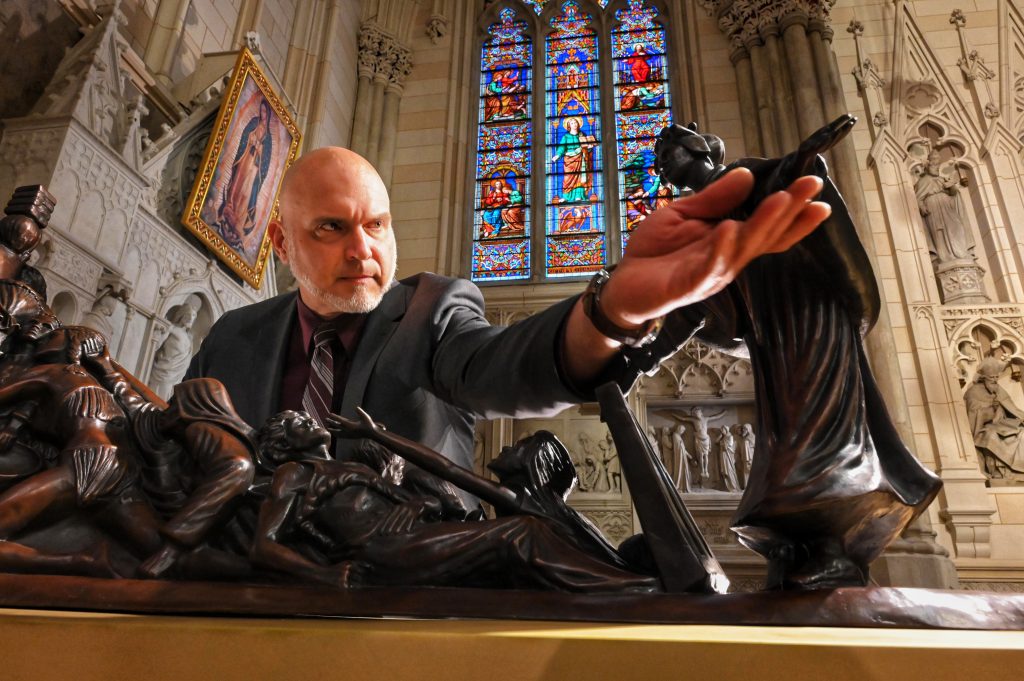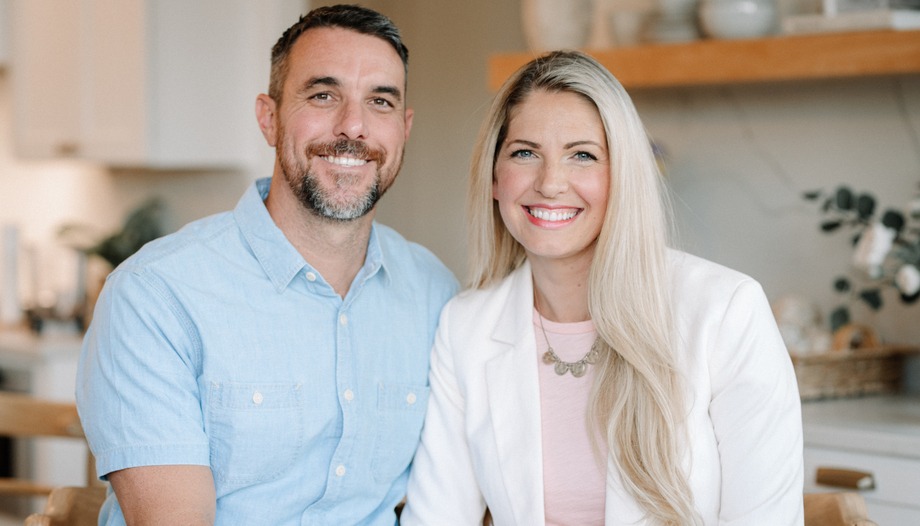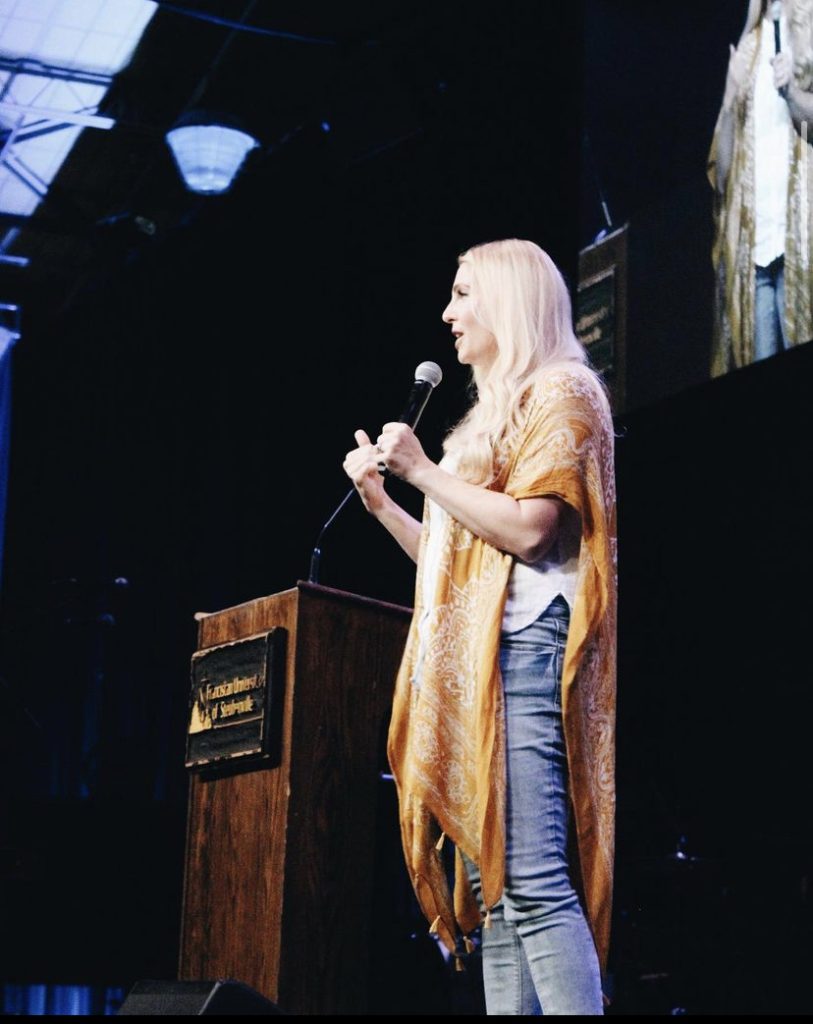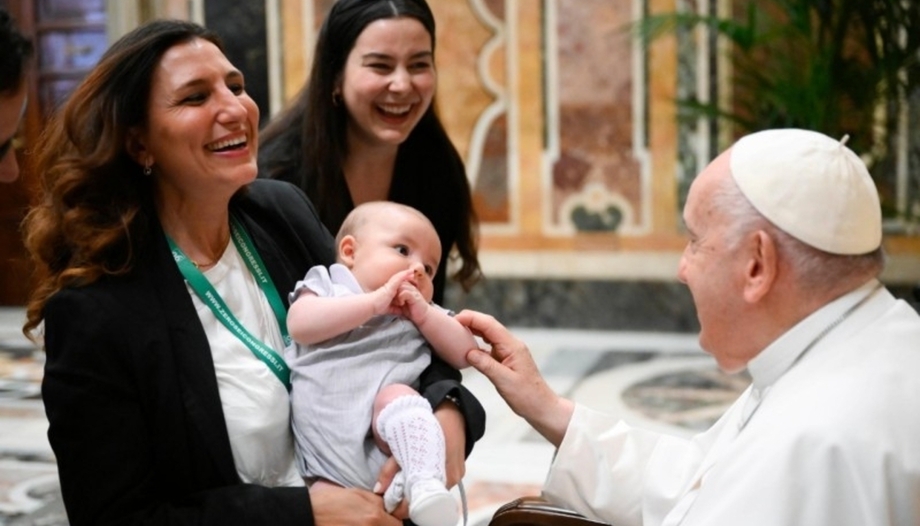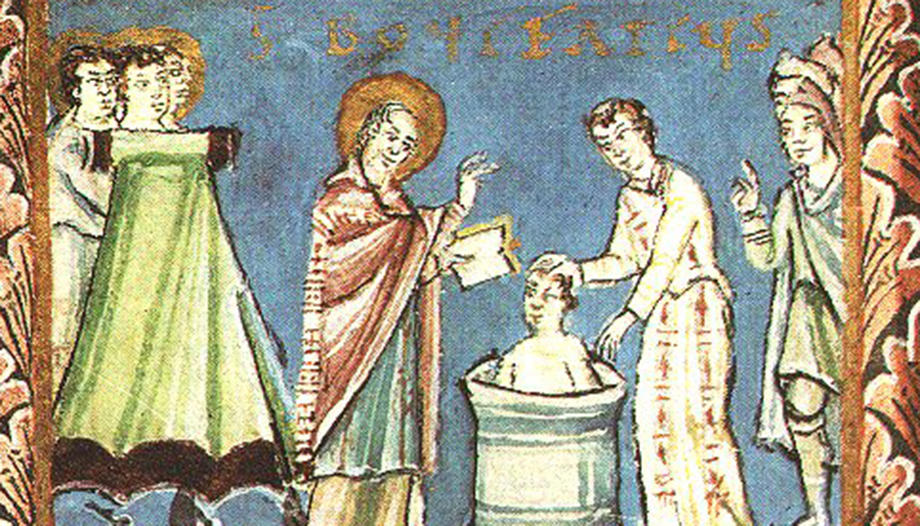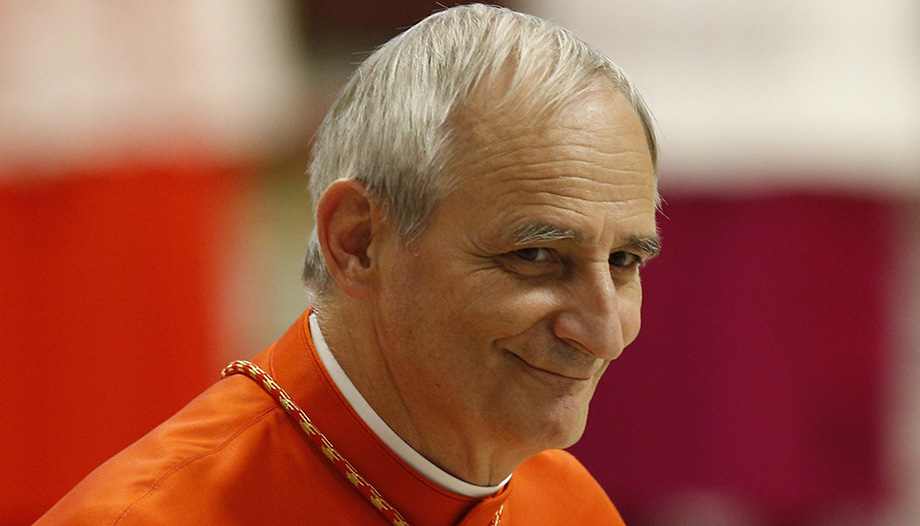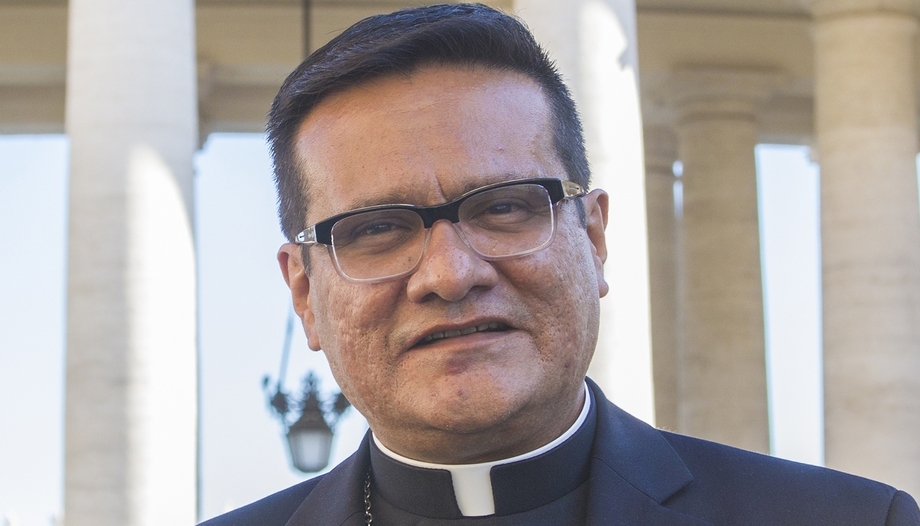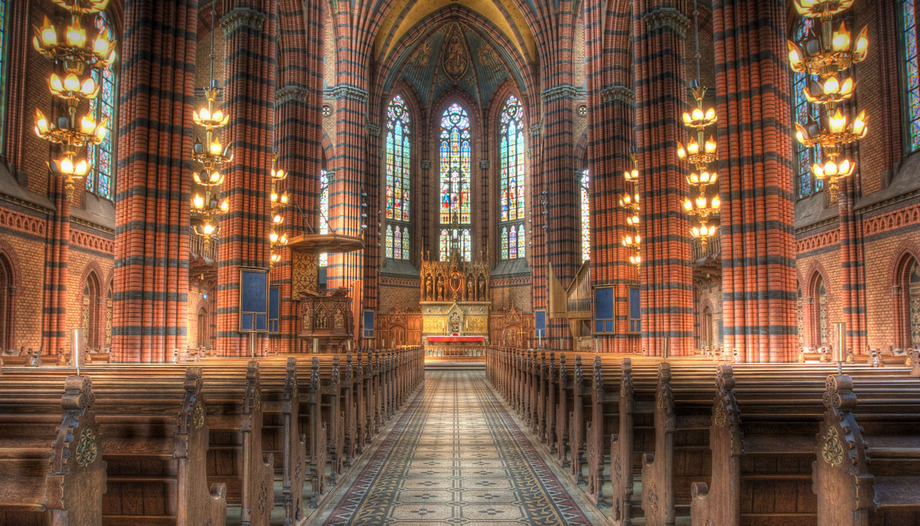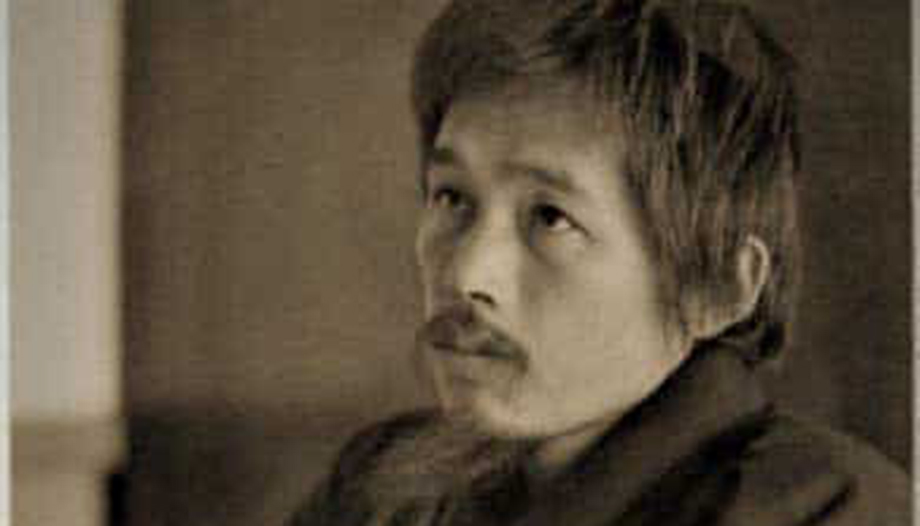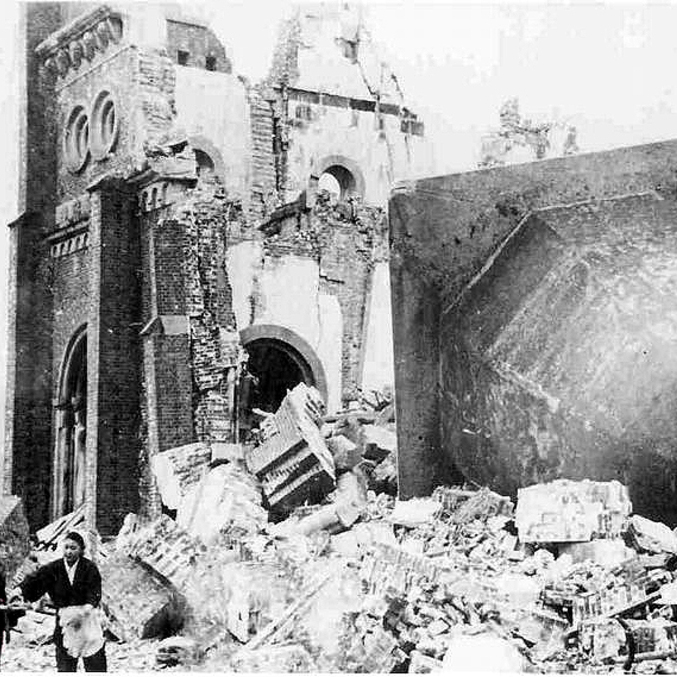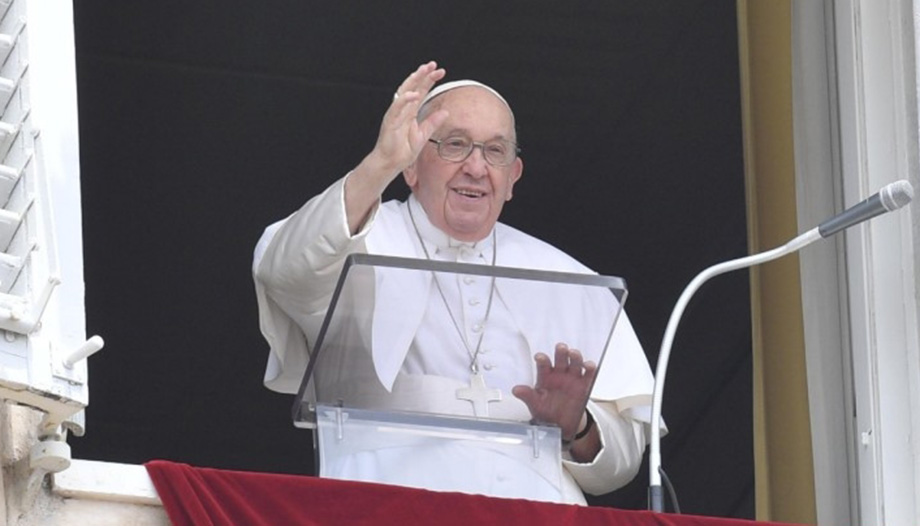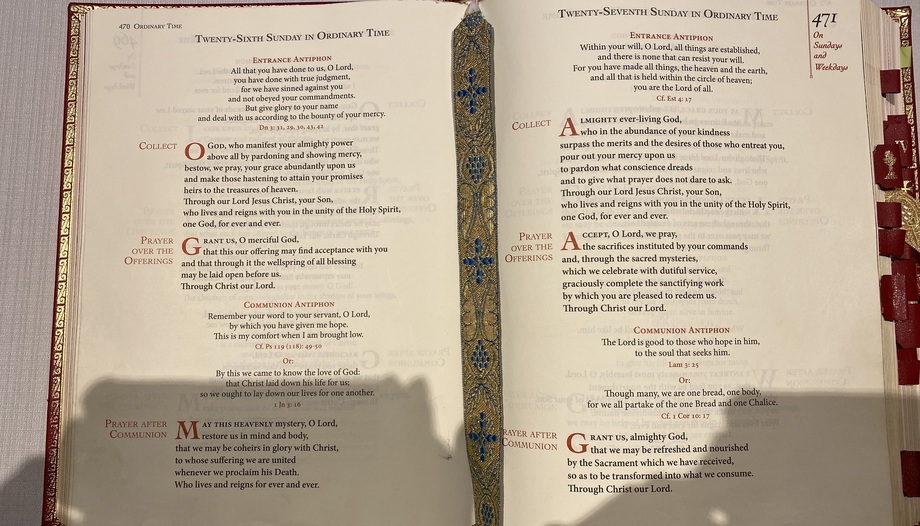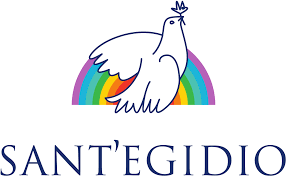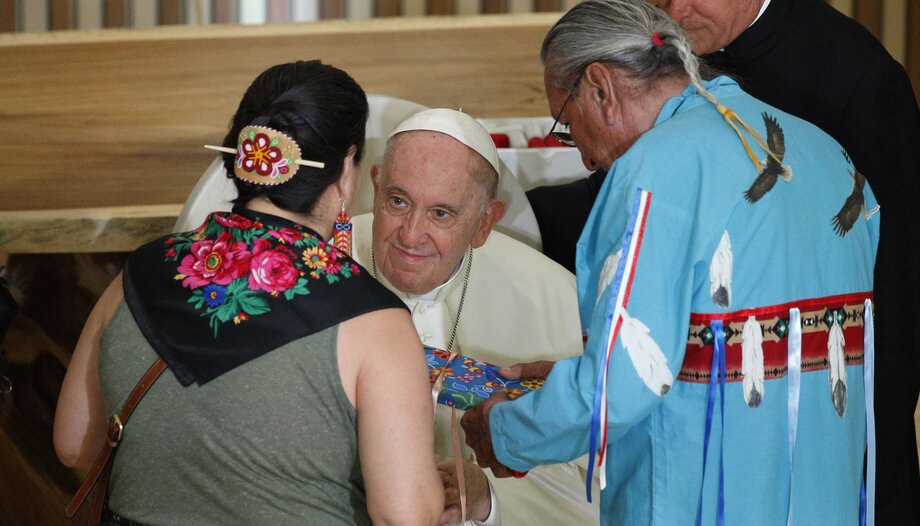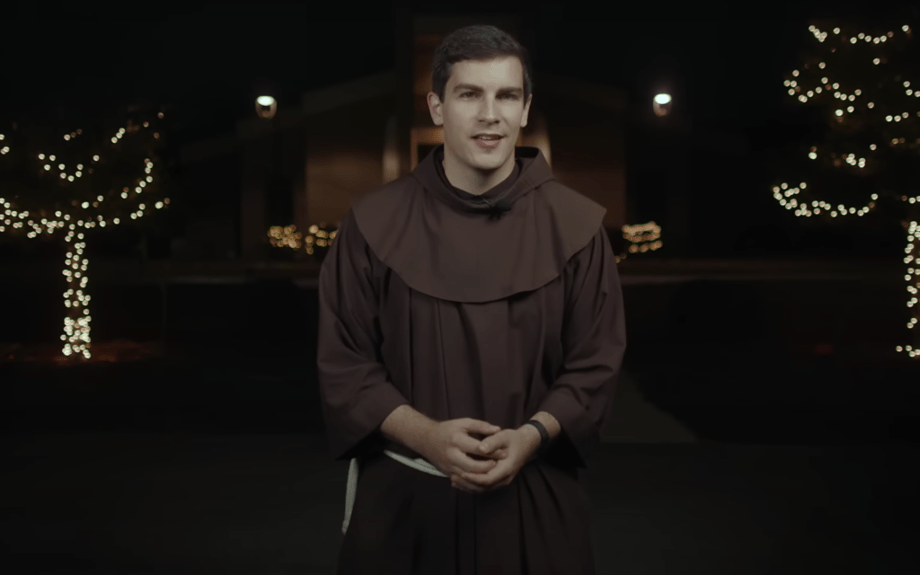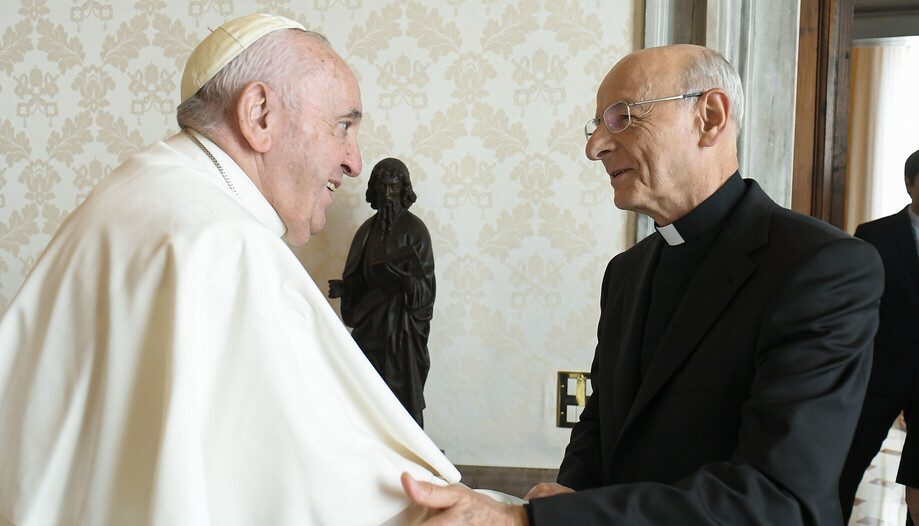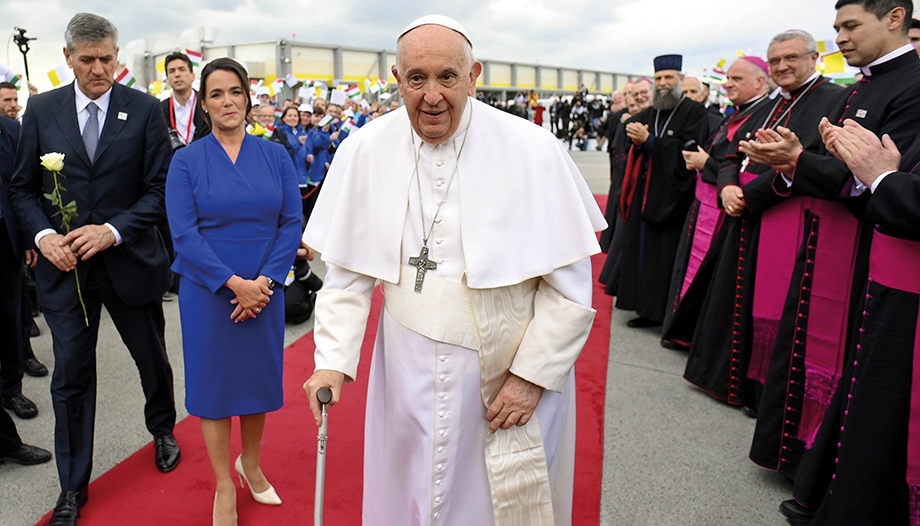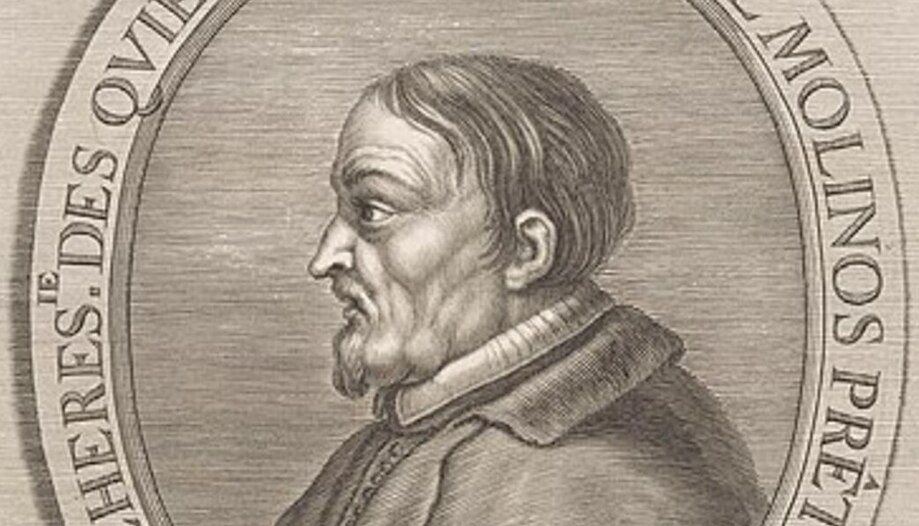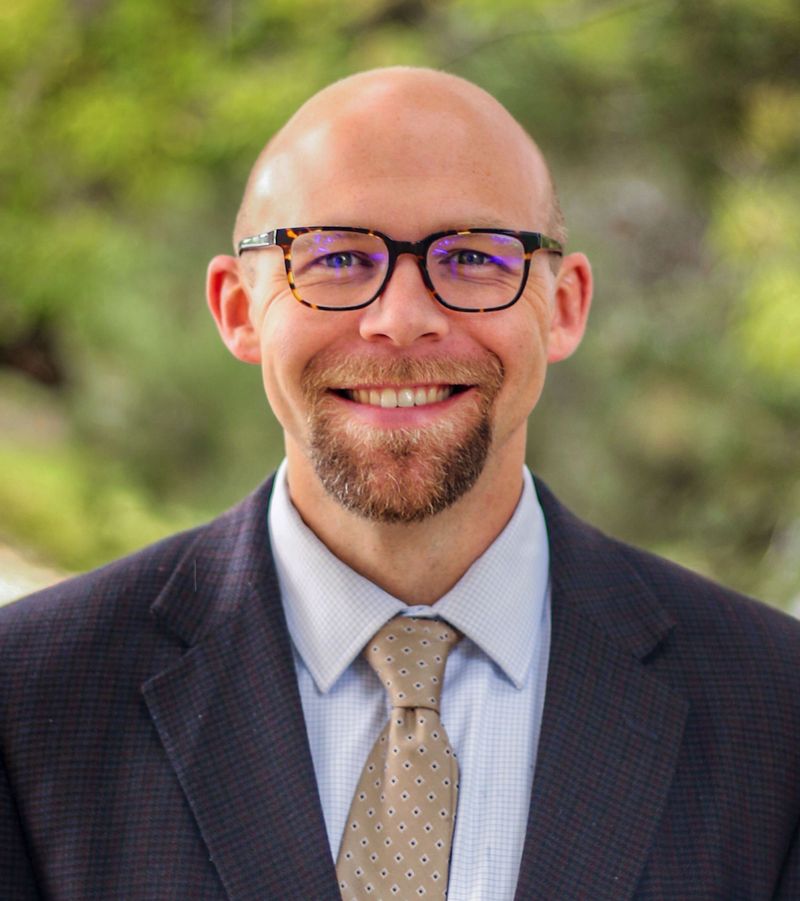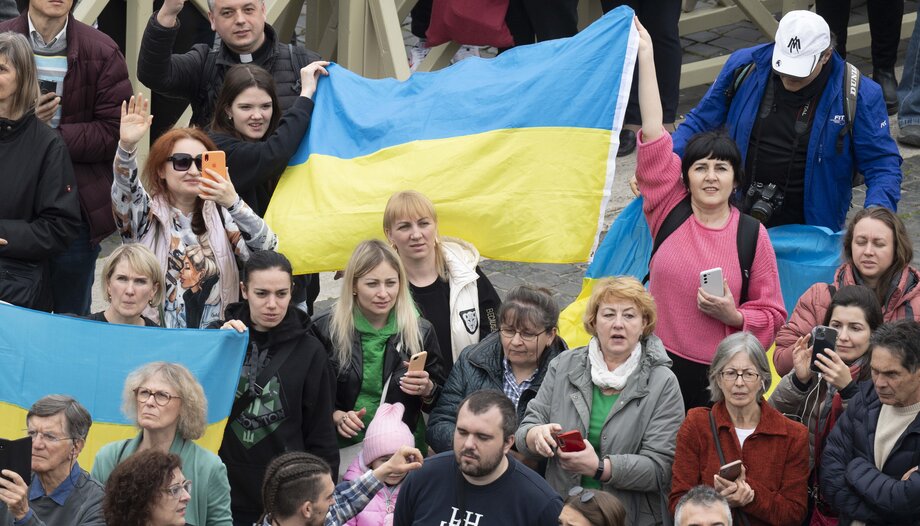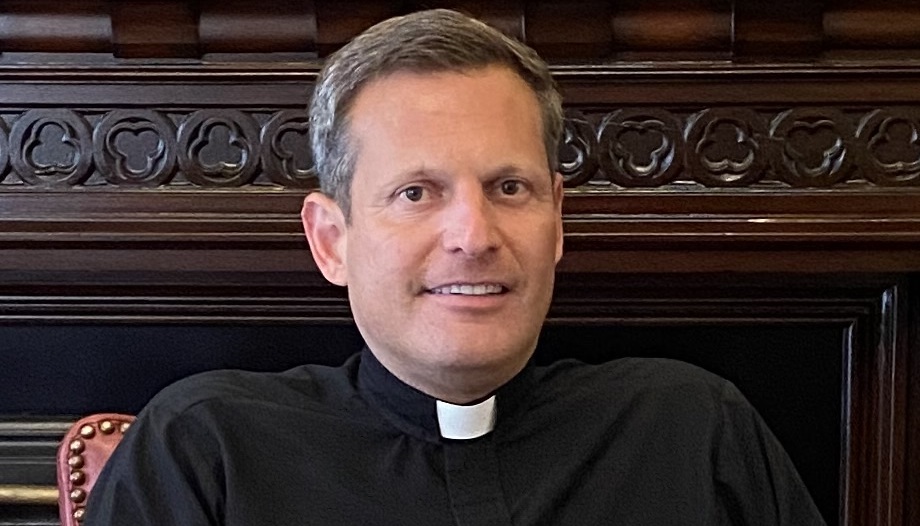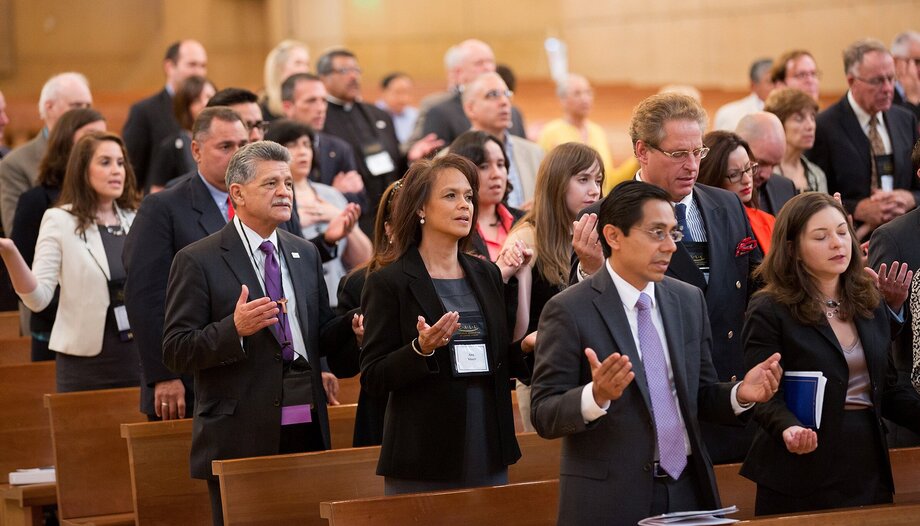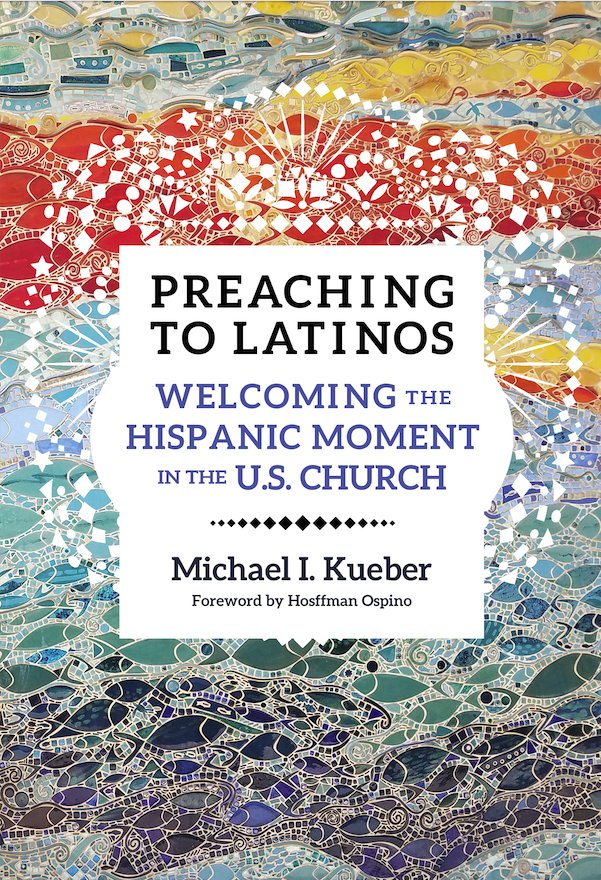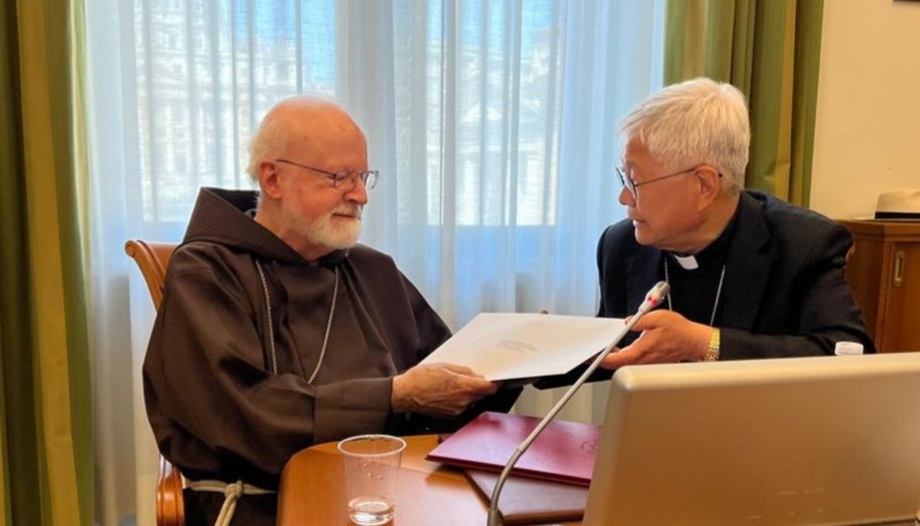At morning Mass on Monday, February 5, 2018, Pope Francis was exhorting a small group of newly appointed priests to be parish priests. What advice did the Roman Pontiff give them at the beginning of their pastoral office? The Pope expressed himself thus: "Teach the people to worship in silence," so that "in this way they will learn from now on what we will all do there, when by God's grace we will reach heaven.". A path, that of worship, hard and tiring like that of the people of Israel in the desert. "So many times I think that we do not teach our people to worship. Yes, we teach them to pray, to sing, to praise God, but to worship...". The prayer of adoration, the Pope said, "annihilates us without annihilating us: in the annihilation of adoration it gives us nobility and greatness."
Undoubtedly, those of us who are pastors of the people of God carry deep in our hearts the desire that our faithful love Jesus Christ more and more in the Eucharist, making it the center of parish life and of our communities of faith. Adoration is also a condition for proper communion, as St. Augustine taught, and is a natural continuation of the mystery and real presence of Christ in the sacrament.
In this sense, we shepherds of Christ's flock must strive for a celebration that is not only beautiful and meaningful, but also respectful and in keeping with the truth of the faith and the discipline of the Church, which seeks to take proper care of it.
In recent decades, thanks to the magisterium of recent Popes and the tireless work of countless anonymous priests, Eucharistic adoration has not only experienced a just recovery, but also a beneficial popularity for the spiritual life of Christians.
Likewise, this desire and Eucharistic fervor has not always been accompanied by the necessary discernment, and on many occasions errors, omissions or even liturgical abuses have been observed, which are often not due to bad intentions but to a deficient theological-liturgical formation of some pastoral agents.
This article would like to propose some coordinates to evaluate possible pastoral practices that, under the appearance of a spiritual good, may not be suitable for a true and fruitful experience of faith in our communities.
Exposition of the Blessed Sacrament
First of all, it is good to remember that thanks to the liturgical reform of the Second Vatican Council, Eucharistic adoration has ceased to be a simple practice of Eucharistic devotion and has become a liturgical celebration in its own right.
As a liturgical celebration, it implies a ritual, a liturgically constituted assembly, liturgical norms and its own pastoral orientations. For this reason, the essential frame of reference is the "Ritual of Holy Communion and Worship outside of Mass".
Ministers are to celebrate the exposition of the Blessed Sacrament according to the established ritual, just as they do when celebrating any of the other sacraments or sacramentals. It is true that the current ritual is quite flexible when celebrating exposition, as long as the minimum indicated is respected. We will now refer to some practices that have become widespread, but which in their rituality and meaning do not agree with what the Church teaches in her liturgy and in the history of Eucharistic dogma.
On the one hand, it is important not to break the close liturgical-theological link between the exposition of the Eucharist and its celebration. The former is born and understood from the latter. In fact, the Church understands Eucharistic adoration as an extension of sacramental Communion, or as a means for an adequate preparation for it.
The Ritual states: "By remaining before Christ [...] they foster the proper dispositions that enable them to celebrate with suitable devotion the memorial of the Lord and to receive frequently the bread given to us by the Father". It is therefore important to educate the faithful so that Eucharistic adoration does not come to be understood as a substitute for sacramental Communion, or as a form of "communion" that is easy or more sensitive than sacramental Communion.
Also because of this link between exposition and sacrifice, the Church does not permit the exposition of the Blessed Sacrament outside the altar, much less in a place other than a church. Only in the case of prolonged exposition may the monstrance be placed in an elevated expositorium, as long as it is close to the altar.
Neither the mountain, nor the beach, nor a private house, nor a garden, nor a bus, nor a boat on the Sea of Galilee are places where to give worthy worship to the sacramentalized God, as the Church constantly reminds us in her magisterial, liturgical and canonical documents after the reform of the Second Vatican Council. In this sense, neither is it permitted for the Blessed Sacrament to be exposed alone, without a liturgical assembly present and praying in adoration.
On the other hand, the Church has taught for centuries that the exposition of the Blessed Sacrament has as its sole and primary purpose the public adoration of Christ in the Eucharist, rightly confessing faith in the Real Presence and making reparation for the offenses that God may receive, especially against the Eucharistic species themselves.
In this sense, a profound discernment of the ecclesiastical authority becomes more and more necessary to watch over this cultic (latreutic) end of the exposition celebration. More and more frequently we observe the use of this celebration (exposition and adoration) as a method of evangelization, as a means of gathering and promoting youth ministry, as a resource to respond to the intimate and emotional needs of some spiritual profiles or even as an almost superstitious instrumentalization, claiming miraculous powers or effects from the sacrament. In adoration, the Church teaches us to confess the truth of the Eucharistic faith, abandonment to the will of God, silence and simple praise. In adoration, the liturgical tradition invites us to "consent to God", not to "feel God".
The consideration and recognition of the exposition of the Blessed Sacrament as a true liturgical celebration, whose center is Christ who presides over the ecclesial assembly, should also help us to avoid ritual or spiritual manifestations that reduce this character of "ecclesial body".
At present, our communities do not live outside the individualistic and emotivist Western culture, nor outside the increasingly strong influence of the spirituality and rituality of Evangelical and Pentecostal groups and communities that do not understand sacramental realities.
As the Church teaches us, the presence of Christ in the Eucharist is sacramental and substantial. This implies, on the one hand, that his real presence is not given without the sensible sign, which in this case are the species of bread and wine. Any weakening of the sign of bread and wine implies a hiding of the truth of the sacrament which is Christ himself.
Certain celebrations that resemble "liturgical-festive performances" because they illuminate, frame, decorate or transform the species of bread and wine to generate a sensitive impact, distort the way Christ is present in the sacrament. Likewise, presenting Christ's presence as if it were something more than substantial makes it difficult for our Eucharistic relationship with him to be true and fruitful. His presence is not bodily, for Christ is in heaven, but sacramental. Let us give some examples.
The sacramental and substantial presence of the Lord implies that we cannot understand it in physicist terms, as seems to be the case in some ecclesial environments.
In this sense, a member of the faithful does not receive communion more from God because he consumes more consecrated bread (accident of quantity), nor because he consumes it in the priest's way (accident of quality). Likewise, God is not closer to me because the ciboria or monstrance is brought closer to me, nor does God bless me more because the priest blesses me with the monstrance alone (accident of place).
The faith of the Church teaches us that the only effect that this (reprehensible) practice can have is to excite the subjective sensibility.
These are customs that do not reflect the true faith of the Church. In fact, Christ in the Eucharistic species neither moves, nor walks physically, nor is he physically in front of me or near me. His presence is only substantial and is not subject to such changes.
Faith teaches us that the accidents (locative, quantitative, qualitative) of Christ are in heaven. Therefore, as we say, Christ does not "bless me" more and better, or closer or farther away by moving the monstrance, blessing individually or exposing the Lord anywhere, as if to pretend that he is physically present as in the Gospel scenes. The blessing is on the sacred minister, and the blessing is on the liturgical assembly as a whole, as the body of Christ which it is. Any other practice would insinuate a fuller communion with Christ than the sacramental communion of communion in the grace of God. The Church's concern for a proper understanding of the Real Presence leads to these practices being expressly forbidden, as contradicting the rubrics established in the ritual.
Celebrations through television
Likewise, Christ is not present before me, or I am blessed with Him, if I watch a retransmission on television or on the internet. What the faithful have before them is not the Lord, but only a screen, before which it is not appropriate to kneel or think that He blesses us.
There is no sacrament or sacramental celebration in the viewer, and there is only a spiritual union with the celebration that is visualized if it is live. On the other hand, the only remote blessing that exists, and it does not need YouTube, is the "Urbi et Orbi" blessing, which is a sacramental of the Church referring only to the office of the Roman Pontiff. Any other kind of broadcast blessing, even more so if it pretends to be Eucharistic, is not really a blessing at all. It is commendable in this sense, the effort of all the pastors of the Church to explain well to the faithful that a live liturgical retransmission is not participation in it, but only a means of devotional character to palliate the impossibility of attending it, and to unite with it mentally. Any other approach would weaken the foundations of the sacramental reality itself, and weaken the importance and necessity of Communion for the sick and elderly.
Processions with the Blessed Sacrament
Finally, we must remember that Eucharistic worship in the history of the Church has been made solemn and public in order to publicly and solemnly confess the Real Presence of Christ: either because it is doubted or because sacrilegious attacks have been made against the sacred species themselves.
As the ritual teaches, the processions with the Blessed Sacrament, especially those of Corpus Christi, and the blessings provided for in them, are intended to respect this character of public confession and worship.
Therefore, the exposed Blessed Sacrament should not be used for any purpose other than to manifest the faith of the Church in the Real Presence.
The Blessed Sacrament in the monstrance, for example, cannot be used to make pandemic health cordons, to make the faithful think from bell towers or even helicopters that God does not forget them, to bless the fields or ask for rain, to perform theatrical prayers as if God were speaking from the monstrance, to perform physical healings or to expel demons and disinfect a home from the presence of evil.
Any abuse in this sense, besides not rightly confessing the faith of the Eucharistic doctrine, would imply an instrumentalization of the Blessed Sacrament as a talisman and as a superstitious remedy, and a lack of faith and trust in the sacramentals that the Church has instituted for these specific purposes.





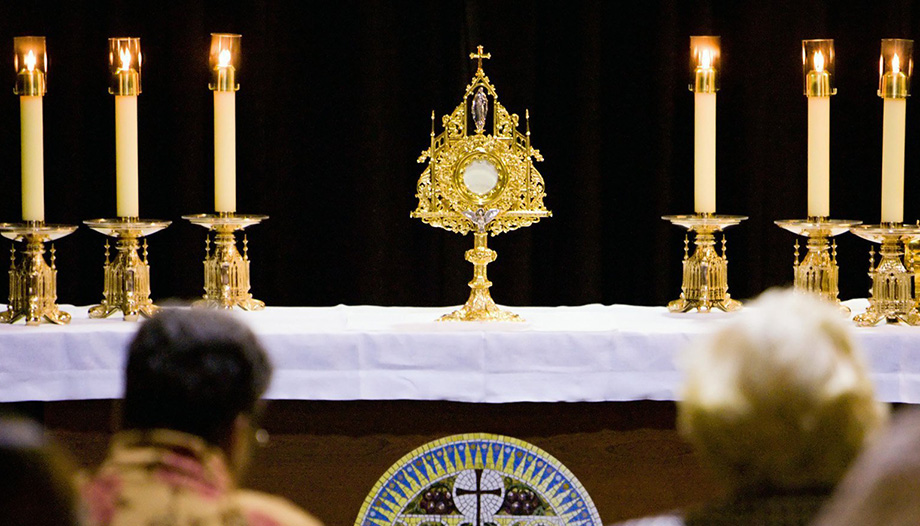





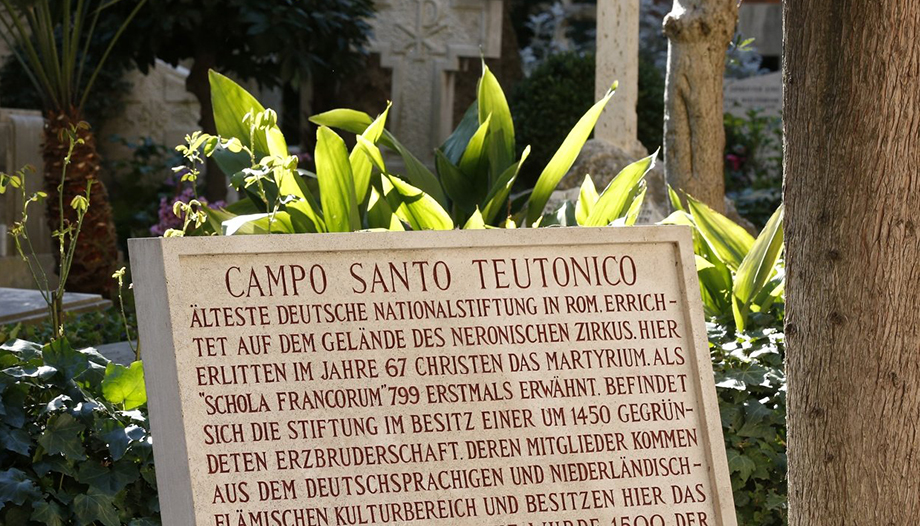
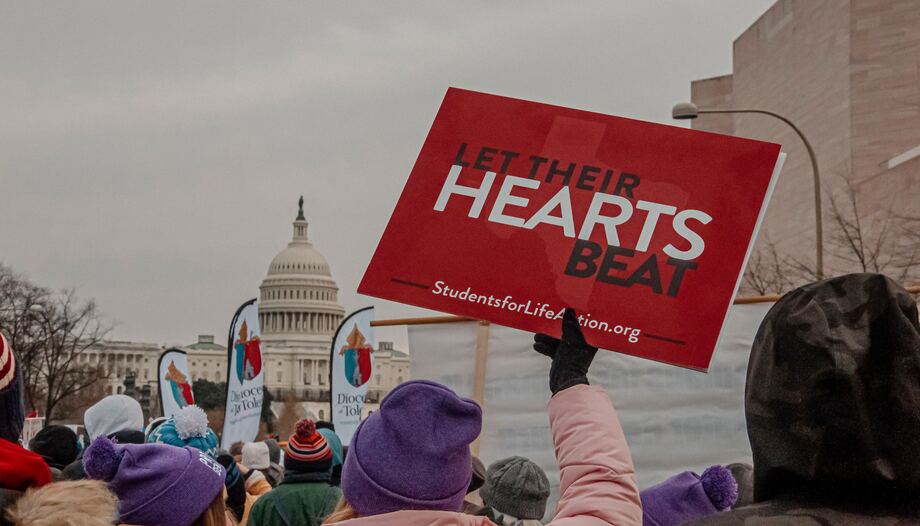
 Sisters of LifeThe pregnant woman who does not want to be a mother is already a mother".
Sisters of LifeThe pregnant woman who does not want to be a mother is already a mother".